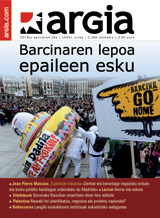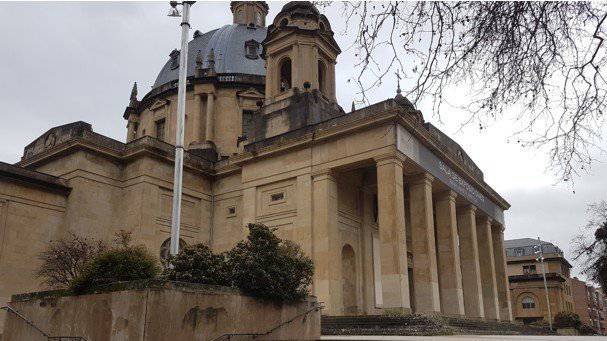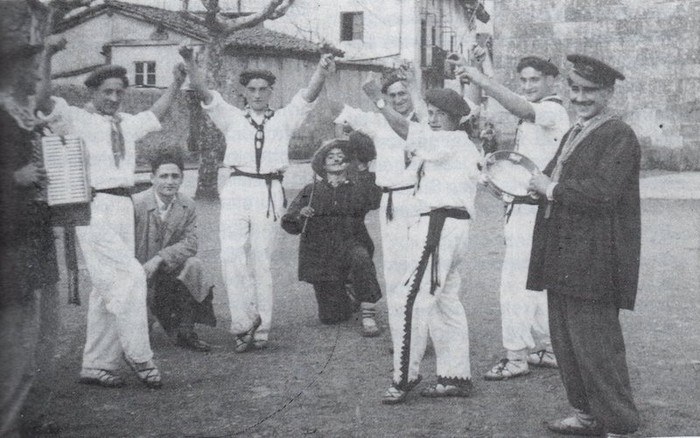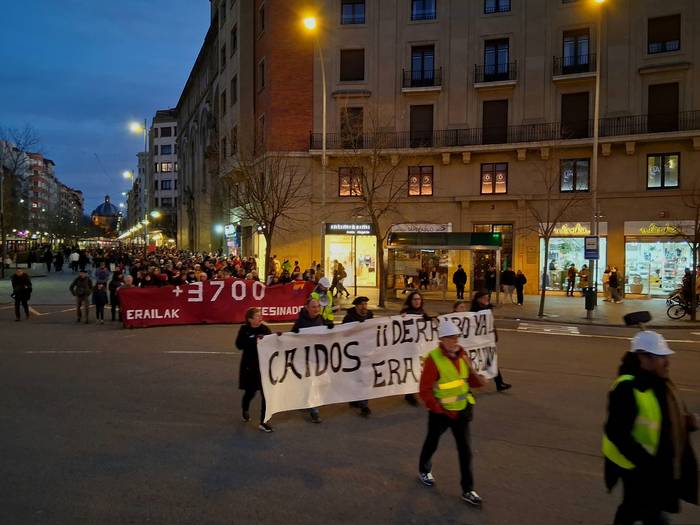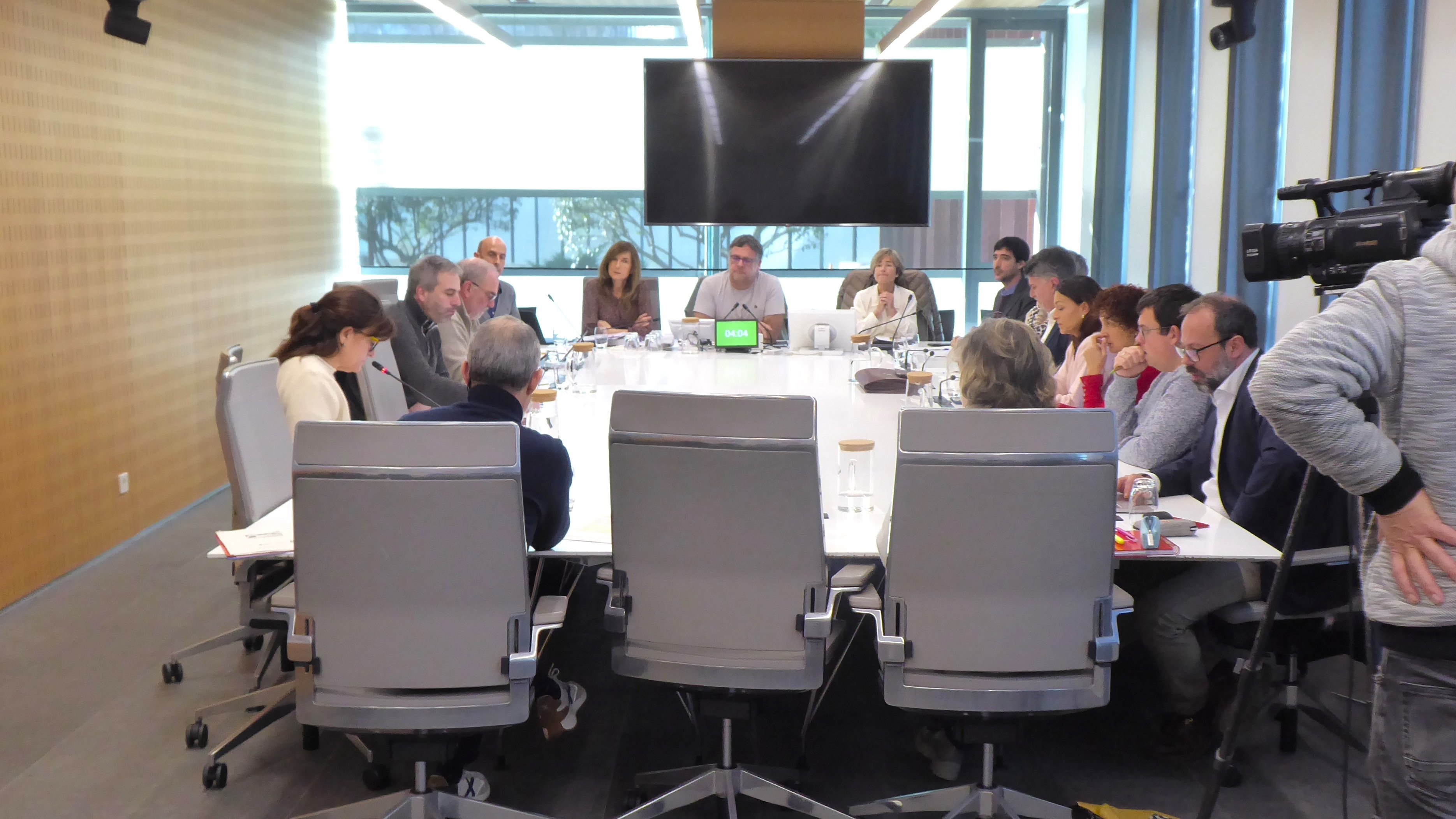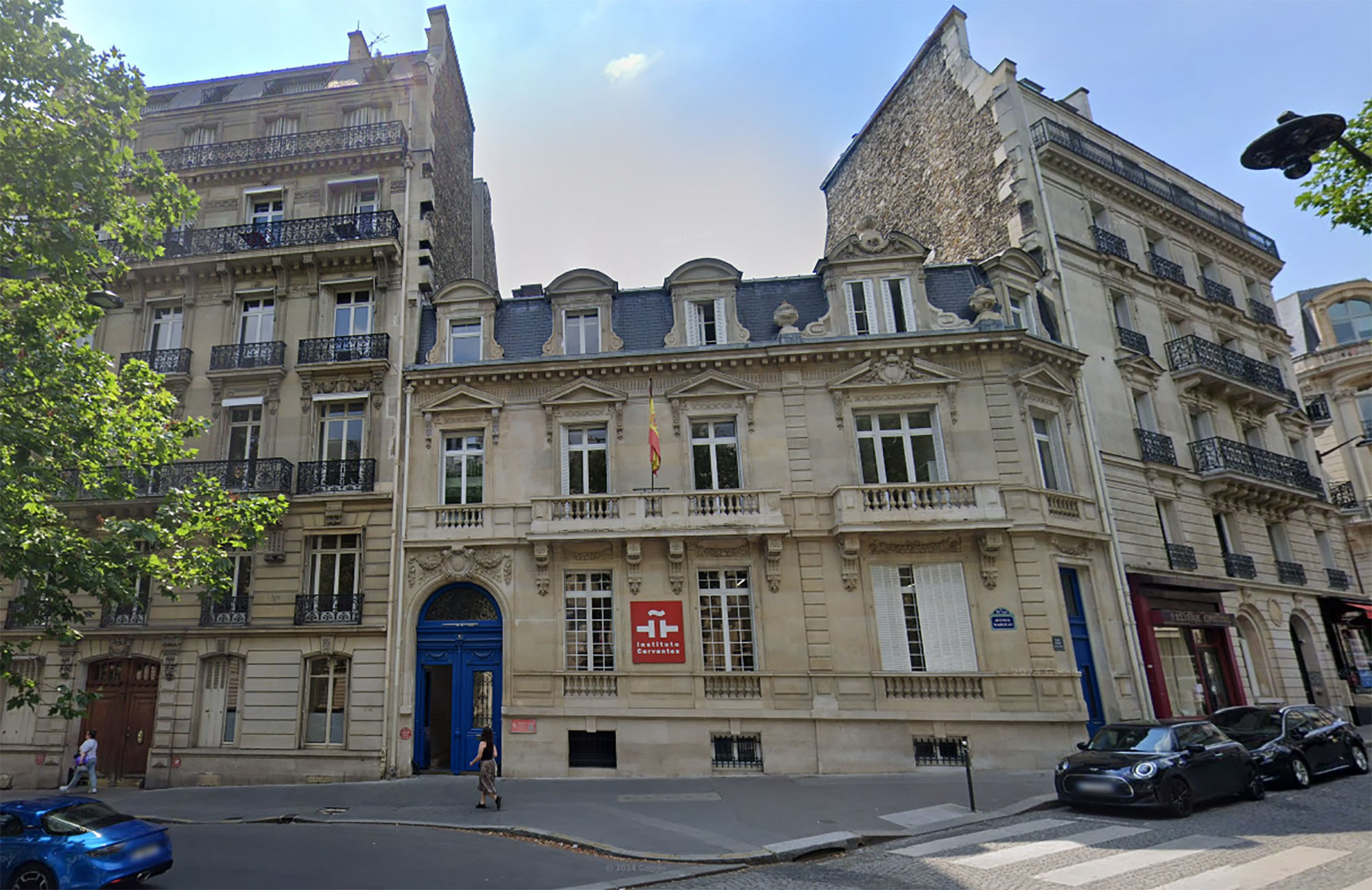That what Fatio separated is not erased by politics

Basel, Switzerland 1689. Johannes Fatio (1649-1891), a surgeon and obstetrician, tried to distinguish the nascent Siamese sisters Elisabet and Catherina, and for the first time successful surgery a.En one of every 200,000 births, the twin
brothers are born united by several parts of the body. Even with 21st century technology, the separation of Siamese twins often requires a high-risk operation. Fátio achieved the feat in the 17th century, and although he did not want to take credit from the Swiss doctor, luck accompanied him.
Elisabet and Catherina were Siamese Xifopan twins. These types of conjoined twins are usually joined by soft tissue only and do not share vital organs, allowing them to survive after the operation. Elisabeth and Catherina shared an important organ, but fortunately, it was the only organ in the human body with full recovery capacity: the liver.
Fatio himself did not have much hope, because before the operation he had ordered to baptize the sisters glued, just in case. In spite of everything, the twins were unharmed and from then on they were able to lead a normal life. Fatio, on the other hand, did not have such an opportunity for a long time.
Johannes Fatio was born in Basel. She started her studies in her hometown, although she got her PhD at the University of Valence (France). In addition to the excellent separation of the conjoined twins, he did a great job in child surgery, being the first to systematically analyze and treat the surgical conditions of the children. He collected his work in a number of books, but he never got the recognition and the impact he deserved for political reasons.
The Basel municipal government was then in the hands of a special council. Little by little, the bankers and the high-level traders entered the council and, finally, the power was left to the richest minority. In 1691, the citizens rebelled to regain power and succeeded. But soon the old council organized a counter-revolution and restored the old order.
One of the leaders of the rebellion, Johannes Fatio was arrested, tortured and killed on 28 September 1691. The books written by the pediatrician's pioneer were searched and burned. A single manuscript of the Helvetisch-Vernünftige Wehe-Mutter Treaty was saved, written one year before his death. In addition, this work was not transferred to the press until 70 years after the author's death. Until the publication of his only work, the health of Elisabet, Catherina and other children was the silent payment of the work of Johannes Fatio.
Archaeologists have discovered more than 600 engraved stones at the Vasagård site in Denmark. According to the results of the data, dating back to 4,900 years ago, it is also known that a violent eruption of a volcano occurred in Alaska at that time. The effects of this... [+]
Vietnam, February 7, 1965. The U.S. Air Force first used napalma against the civilian population. It was not the first time that gelatinous gasoline was used. It began to be launched with bombs during World War II and, in Vietnam itself, it was used during the Indochina War in... [+]
I just saw a series from another sad detective. All the plots take place on a remote island in Scotland. You know how these fictions work: many dead, ordinary people but not so many, and the dark green landscape. This time it reminded me of a trip I made to the Scottish... [+]
Japan, 8th century. In the middle of the Nara Era they began to use the term furoshiki, but until the Edo Era (XVII-XIX. the 20th century) did not spread. Furoshiki is the art of collecting objects in ovens, but its etymology makes its origin clear: furo means bath and shiki... [+]









